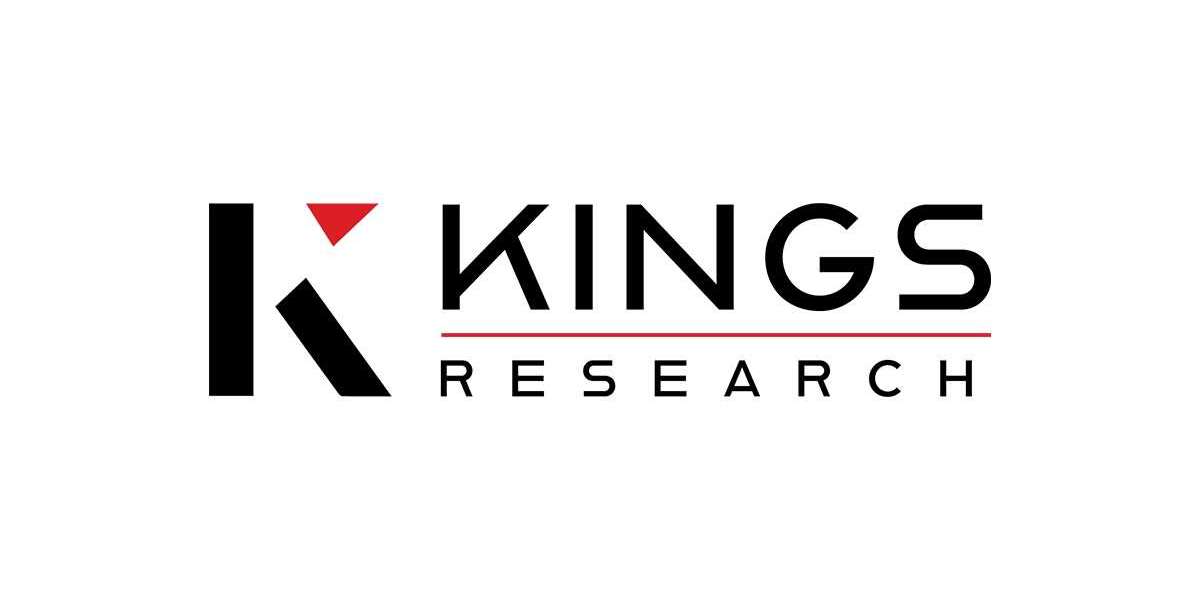Introduction:
In an era where corporate social responsibility (CSR) plays a pivotal role in shaping business practices, the SA8000 certification has emerged as a beacon of ethical conduct and social accountability. Developed by Social Accountability International (SAI), SA8000 is a globally recognized standard that sets guidelines for organizations to ensure fair labor practices and ethical treatment of workers throughout the supply chain.
Key Principles of SA8000 Certification:
SA8000 is built upon nine key principles, encompassing various facets of social responsibility. These principles include child labor, forced labor, health and safety, freedom of association, discrimination, disciplinary practices, working hours, compensation, and management systems. By adhering to these standards, organizations demonstrate their commitment to upholding the well-being and rights of their workforce.
Child and Forced Labor:
One of the cornerstones of SA8000 is the prohibition of child and forced labor. Certified organizations must ensure that employees are of legal working age and have willingly chosen employment. This commitment extends to eradicating any form of coercion, whether physical, verbal, or psychological, within the workplace.
Health and Safety:
SA8000 Certification emphasizes the importance of providing a safe and healthy working environment. Organizations seeking certification must identify and mitigate potential risks, implement safety protocols, and provide necessary training to prevent accidents and injuries. This commitment not only protects the workforce but also fosters a culture of well-being within the organization.
Freedom of Association and Discrimination:
Respecting employees' rights to form and join trade unions is a key aspect of SA8000. The standard also prohibits discrimination based on race, gender, religion, or any other factor. Ensuring equal opportunities and fair treatment promotes a diverse and inclusive workplace, aligning with global principles of human rights.
Working Hours and Compensation:
SA8000 addresses issues related to working hours and compensation by setting guidelines for reasonable working hours, overtime pay, and a living wage. This commitment helps strike a balance between employee productivity and their well-being, promoting a sustainable work-life balance.
Management Systems:
The implementation of a robust management system is crucial for SA8000 certification. Organizations are required to establish policies, conduct regular audits, and continuously improve their social performance. This systematic approach ensures that the principles of SA8000 are integrated into the organization's core values and operations.
Conclusion:
Attaining SA8000 certification is a testament to an organization's dedication to social responsibility and ethical business practices. By adhering to the nine principles outlined by SA8000, companies can foster a positive work environment, build trust with stakeholders, and contribute to a more sustainable and just global economy. As consumers and investors increasingly prioritize socially responsible businesses, SA8000 certification becomes a valuable asset that goes beyond compliance, driving positive change in the corporate world.








